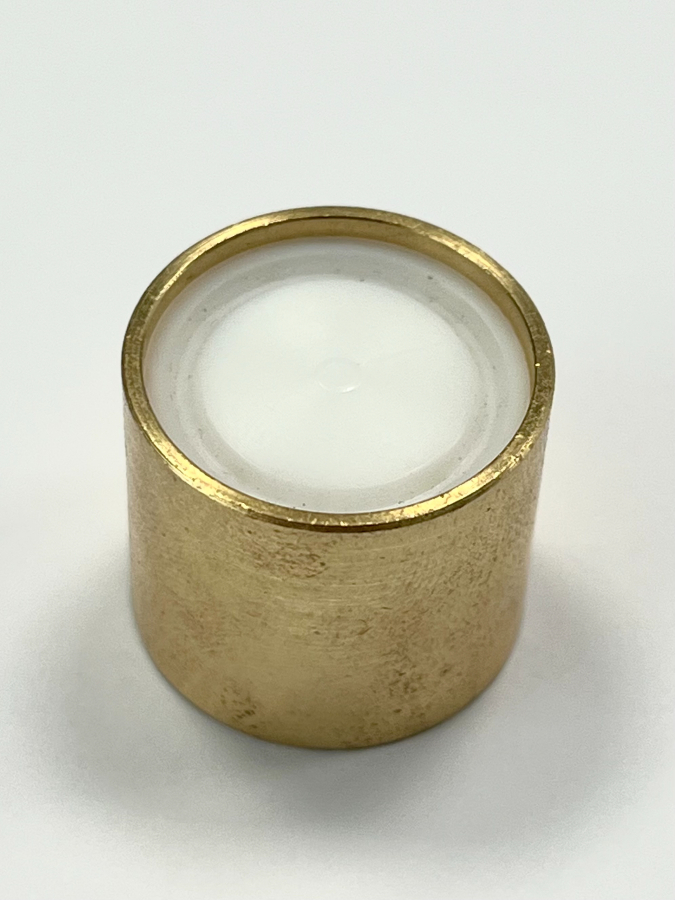Learn More > Safety Valves And Chattering
Safety Valves And Chattering
What is chattering in a PSV?
Chattering, characterized by rapid and repetitive opening and closing of safety valves, is a critical issue that can compromise the efficiency of these vital components in industrial settings. This phenomenon is characterized by a loud vibration noise near the safety valve. This is due to the shutter repeatedly impacting the PSV nozzle, causing rapid deterioration of the disc and sealing seat. Identifying the causes and implementing preventive measures is crucial for maintaining the safety and functionality of the overall system.

What causes a safety valve to chatter?
- Incorrect Sizing:
Chattering can occur when the potential flow rate of a Pressure Safety Valve (PSV) exceeds too much the actual flow of the plant. If the valve is sized incorrectly, opening with a significantly lower flow than its capacity, it may rapidly open and close, leading to chattering. Correct sizing is essential to match the PSV's potential flow with the plant's actual flow. Typically, chattering tends to manifest more frequently in gas fluids when the safety valve's flow rate exceeds 40% of the fault flow. However, for liquid fluids, the threshold for over-flow percentage that triggers chattering is usually lower.
Click here to understand how properly size safety valves
- High Backpressure:
Conventional safety valves, operate effectively when the maximum backpressure does not exceed 10% of the set pressure. If this threshold is surpassed, the additional backpressure force applied to the valve spring becomes excessive. Consequently, immediately after the valve opens, this heightened backpressure compels the Pressure Safety Valve (PSV) to reclose. However, the discharge phase of the valve during this cycle is insufficient to alleviate the pressure on the PSV's inlet. As a result, the valve rapidly alternates between opening and reclosing, a phenomenon known as chattering.
Want to know more about conventional safety valves working principle? Click here!
- Incorrect Set Pressure:
The risk of chattering looms large when the set pressure closely aligns with the system's operating pressure. To avert such issues, it becomes imperative to uphold a significant margin between the set pressure and the operating pressure. This strategic approach ensures the optimal functionality of safety valves, mitigating the potential disruptions caused by chattering and bolstering the overall safety and efficiency of the system.
Interested in understanding set pressure? Explore here!
- Valve Flooded:
Safety valves are ill-suited for operation in flooded conditions, where internal components become inundated with liquid. The incompressibility of the liquid generates heightened backpressure, compelling the valve to improperly reclose. Avoiding valve flooding is pivotal to ensure the valve operates consistently and effectively. This precautionary measure maintains the integrity of the safety valve, preserving its functionality and upholding the reliability of the overall system.
Eager to learn more about safety valves? Click here!
- Wrong Installation:
When installing Nuova General Instruments spring-loaded safety valves with a set pressure below 1 bar (0.1 MPa - 14.5 psi), it is imperative to position the cap upward. This orientation is essential to prevent the weight of internal components and gravity from adversely affecting the safety device's correct working cycle. Calibration pressures exceeding 1 bar (0.1 MPa - 14.5 psi) afford flexibility in assembly for gaseous fluids. However, when dealing with liquids, steam, or condensates, installing the valve with the cap facing upward is critical. This precaution prevents issues post-discharge, ensuring that residual liquid or condensate doesn't accumulate, averting potential operational complications outlined in the point 4 above.
Explore more details regarding safety valves maintenance here!
- Wrong pipes sizing:
The design of the piping system plays a critical role in preventing safety valve malfunctions. It is imperative that the inlet pipe maintains an internal diameter at least equivalent to the safety valve's certified inlet orifice. Failure to adhere to this requirement may result in a reduced flow rate, leading to the issues outlined in point 1. Similarly, the outlet pipe must not constrict the valve's outlet orifice, as this can cause flow restrictions, resulting in backpressure issues as explained in point 2. The design of the discharge outlet pipe is also a crucial consideration; factors such as length, internal roughness, and the presence of bends can worsen backpressure problems. Therefore, careful attention to piping design is essential to ensure optimal safety valve performance.
Chattering poses a serious threat to the functionality of safety valves and, consequently, the overall safety of industrial systems. Addressing these root causes through regular maintenance, accurate sizing, and adherence to installation recommendations is essential for ensuring safety valves operate reliably and effectively. In conclusion, proactive measures are paramount to maintaining the integrity of safety systems in industrial environments.